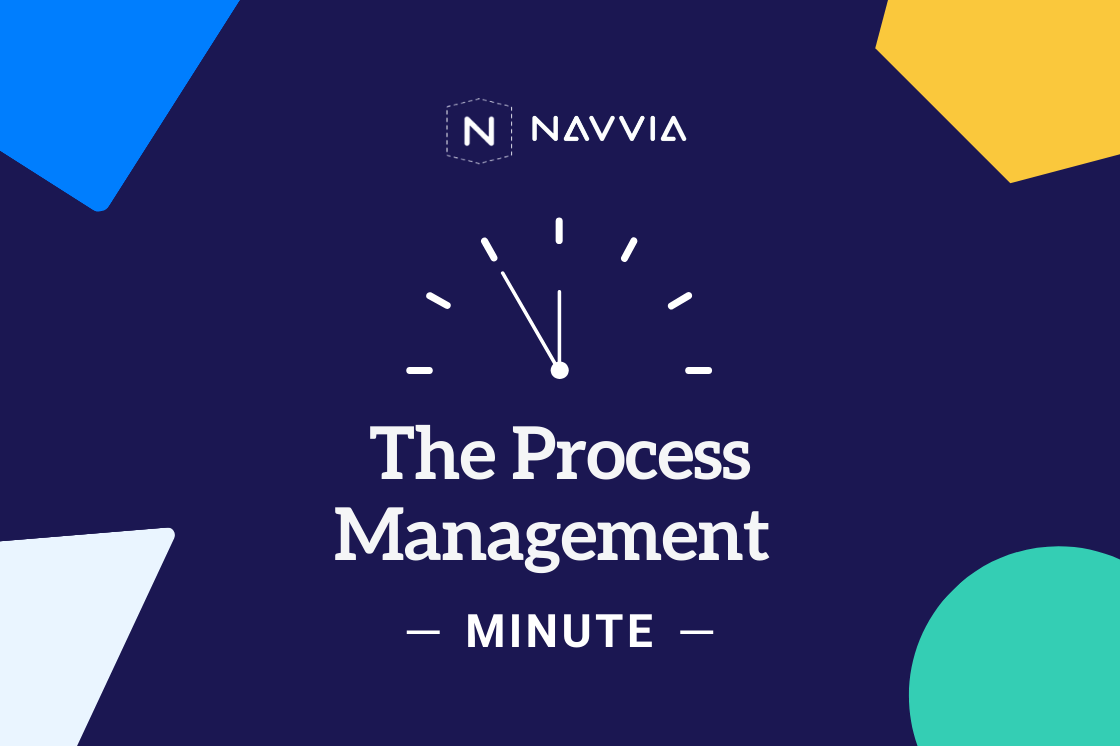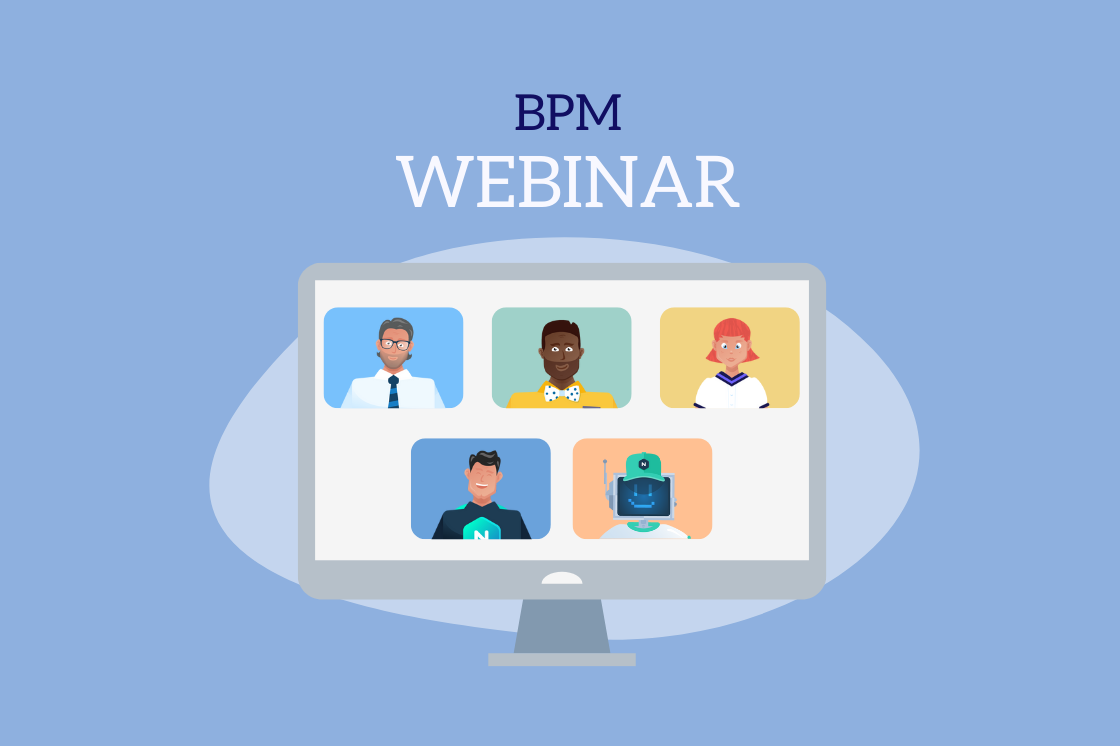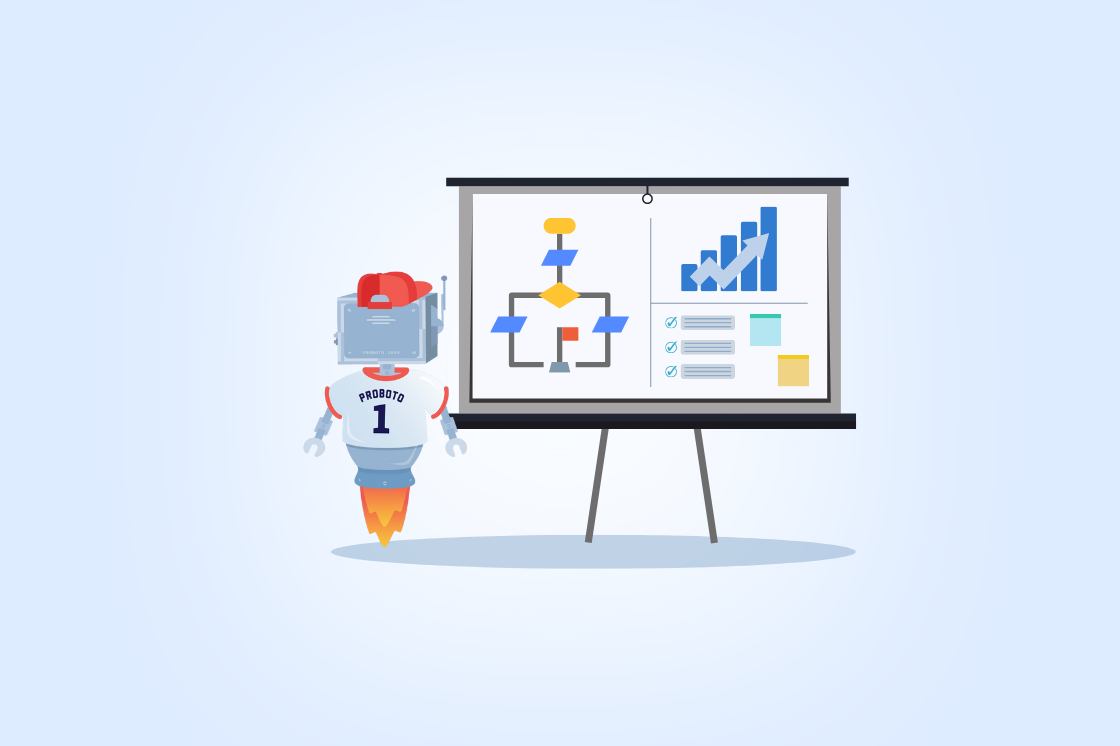An ITSM Process Design Approach
Designing an ITSM process is a lot like herding cats. It's challenging, the outcomes are uncertain, and nobody is sure of the value. Here's an ITSM process design approach that may help!
We founded our company in 1999 as an ITSM consultancy and have conducted numerous process design and implementation projects across every industry sector and company size. Here are some things we've learned.
Start With a Process Assessment
So why start with an ITSM assessment? You have already decided to design and implement the process; what's the point?
There are a couple of good reasons to start with a process assessment.
You are designing a new process to improve things, so are you sure you know what's broken? When done right, an assessment allows you to identify what's working and what's broken, allowing you to focus on improvements.
An assessment is also an opportunity to sell the value of the new processes by engaging your stakeholders and demonstrating you are listening to their needs.
Read this article on conducting a process assessment.
Pull Together an ITSM Team
ITSM is a team sport, and you can't go it alone. The same is true when designing an ITSM process. No one person has all the answers, so you must bring together different stakeholders to help build a good process. This collaborative approach will also help with adoption and buy-in as you allow folks to be part of the solution. Here are some of the roles to include:
Executive Sponsor: A senior executive responsible for several processes, including the one you are developing. They can help clear cross-functional roadblocks.
ITSM Process Owner: This is a senior manager with a vested interest in the process and the authority to ensure its designed, implemented, and managed.
Process Manager: A person responsible for the day-to-day execution of the process. Examples include Incident Manager, Problem Manager, or Change Manager.
Subject Matter Experts: This can include business process analysts with specific process design and facilitation skills. You can also have people specialized in the process and ITSM tool specialists familiar with your ITSM platform.
Key Stakeholders: This includes a selection of people that work directly with or just adjacent to the process.
Sell the ITSM Value
You must continuously sell the value of the process throughout the entire project, from assessment to design, implementation, and ongoing management. Be prepared to promote the WIIFM (What's in it for me) to each stakeholder in a context that makes sense to that individual. An executive may be interested in Risk Mitigation whine an end user wants a process that's easy to sue. Understand your users.
Conduct Process Design Sessions
Bring together the stakeholders for a series of meetings where you hash out the process design. Start with the current "as-is" process or a straw model based on ITSM best practices. The deliverable from these sessions is a process guide with the following components:
- Process description, goals, and objectives
- Process roles and responsibilities
- Process activities, tasks, and work instructions
- Process controls, metrics, and policies
- Process requirements (see next section)
- Process glossary of terms
- Support tools
The guide's artifacts should include RACI charts, SIPOC diagrams, and Workflow diagrams.
Use these sessions to build support and buy-in for the process, ensuring everyone is on board.
Read more about process mapping and process documentation here or check out this article on Incident Management Best Practices.
Capture Technical Requirements
An old saying in the carpentry trade goes, "measure twice, cut once." In other words, a little effort up front eliminates waste and rework. The same holds for an ITSM process implementation. The better your upfront requirements, the easier the implementation.
Leverage User Stories to capture the voice of the customer. For example, as a user, I need a simple way to see all my orders using a single click. Then, map technical and functional requirements to those stores that capture fields, email notifications, process state changes, and reporting requirements. This will;l result in a great set of requirements that will speed up implementation and minimize rework.
Adopt Agile Development Practices
Once you have your process and requirements, identify a set of product releases that will dictate the rolled out to users. During the development phase, you can use "show and tell" sessions to share progress with the stakeholders and dynamically adjust the development if required.
ITSM Implementation
Once development is complete, it's essential to hold training and communication sessions.
I remember one project where the CIO said, "my people are smart and don't need any training to figure out the process."
I never doubted people were capable, but process and tool training is a great way to sell the value and cement adoption of the process. It also ensures people are onboard and pulling in the same direction.
ITSM continual service improvement
You've finished the design and rolled out the process, and it's time to pat yourself on the back. However, there is still one more thing. That is the ongoing management and continual service improvement.
Here are some points to consider:
- Regularly review the key process metrics identified during the design and implementation. For example, how many IT changes fail or how many incidents require escalation. Use these metrics to identify gaps and make improvements to the process.
- Test the process controls identified during the design and implementation. For example, do all changes have a backout plan.
- Solicit regular feedback on the process from the key stakeholders. Is it meeting their needs, and what improvements are necessary.
- Conduct another assessment to track improvements over time.
Process design is not easy, and it does require a specialized set of skills. But the investment will result in a reliable, time-saving, and cost-effective process
.


